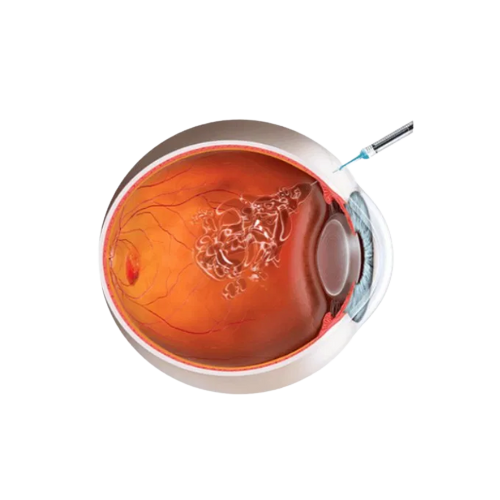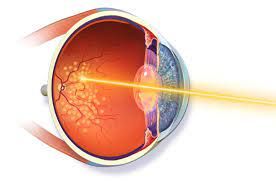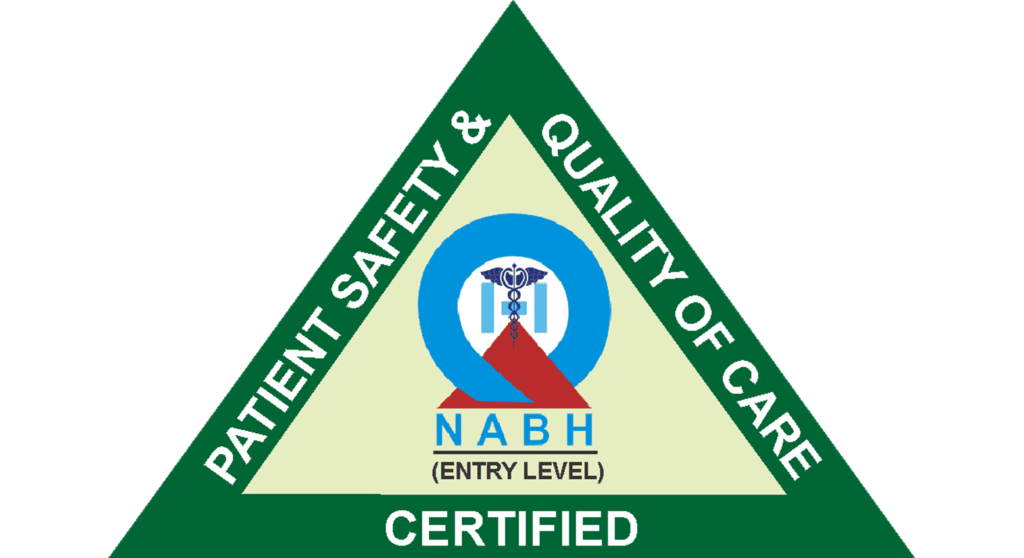Diabetic Retinopathy Treatment In Mumbai
Diabetic Retinopathy
People with diabetes are at risk of this syndrome which can get adversely dreadful if not treated in the early stage. Over time it can progress to vision loss and therefore; if you notice blurry or blank vision just book your schedule from the best ophthalmologist surgeon at Sai Deep Hospital.
Diabetic retinopathy Symptoms
Diabetic retinopathy stages unfold slowly over time and often go unnoticed in its early development. However, as the condition progresses, symptoms may become more apparent, like:
- Blurred and hazy vision
- Shapes or dark strings floating in the vision (floaters)
- Sudden vision loss
- Blank or dark areas in the field of vision
- Swelling or redness in eyes
Diabetic retinopathy stages
There are two main stages of diabetic retinopathy.
- Non-proliferative diabetic retinopathy (NDPR) is the beginning stage of this disease. Here, the symptoms are very mild, and it starts with the weakening of the blood vessels in the retina.
- Proliferative diabetic retinopathy (PDR): PDR is the advanced stage of the disease when the damaged blood vessels get blocked or closed, thus leading to the development of new abnormal blood vessels, which can be harmful to the eye.
Causes

Diabetic Retinopathy Treatment
Eye Injections for Diabetic Retinopathy
Several treatments are available to combat this disease. Some of these include:
Several treatments are available to combat this disease. Some of these include:
- Photocoagulation (Laser Therapy): Laser therapy can help seal bleeding blood vessels in the early stages, preventing future retinal damage.
- Injections of anti-VEGF: Here, injections that inhibit the formation of aberrant blood vessels are given directly into the eye and can thus aid in the preservation of vision and the prevention of further impairment.
- Vitrectomy: A vitrectomy surgery may be performed in severe circumstances where there is substantial bleeding into the eye. This surgical treatment improves eyesight by removing blood and scar tissue from the vitreous gel.
The above methods are available at Sai Deep Eye Clinic under diabetic Retinopathy Treatment in Mumbai.
Non-Proliferative diabetic retinopathy
As discussed above, non-proliferative diabetic retinopathy is the early stage of the disease when the symptoms are mild and thus usually ignored by the individual.
There are two types of NDPR:
- Mild NPDR: At this stage, the blood vessels may have microscopic bulges (microaneurysms), and some of the blood vessels may become clogged or leak. This can result in little bleeding or swelling of the retina.
- Intermediate to severe NDPR: At this stage, more blood vessels are clogged. This causes significant bleeding in the retina and swelling, resulting in increased vision difficulties.
The main distinction between NDPR and PDR is that NDPR doesn’t involve the formation of new abnormal blood vessels.
However, if left untreated, NDPR can progress from mild to severe, increasing the risk of PDR.

Retinal Laser
Photocoagulation: Often known as laser therapy, is a medical procedure used to treat retinal disorders in their early stages. A laser is used to cause tiny, controlled burns on the retina in this procedure. It is very effective in closing leaky or bleeding blood vessels in the context of diabetic retinopathy. Laser treatment tries to prevent additional retinal injury, minimize swelling, and retain overall vision by cauterizing these veins. It is a typical treatment method for diabetic macular edema and proliferative diabetic retinopathy.

Injections of anti-VEGF: Anti-VEGF (vascular endothelial growth factor) injections have emerged as a game changer in the treatment of retinal diseases. These injections, which are administered directly into the eye, function by preventing the growth of aberrant blood vessels. Overproduction of VEGF in the setting of diabetic retinopathy contributes to the formation of weak vessels that might leak, causing retinal injury. Anti-VEGF injections can help stop this process, saving eyesight and avoiding future degeneration.
Vitrectomy
Surgical intervention such as a vitrectomy tends to be reserved for more severe cases of retinal diseases, such as diabetic retinopathy, and might be suggested in cases where there is significant bleeding into the eye, impairing vision. The vitreous gel that fills the center of the eye is taken out and replaced with a clear solution during this procedure. The purpose of this procedure is to treat side effects like scar tissue formation and vitreous hemorrhage. In cases of advanced diabetic retinopathy, vitrectomy helps restore clarity to the visual field, improving eyesight and halting further damage by removing blood and scar tissue.








